We have spent a fair amount of our non-transit time working our way through the sea ice. It is my favorite time for a couple of reasons. The unbelievable combination of the ice, glaciers and ski has kept my camera busy. Each night after my shift I spend hours shuffling through the photos. In addition to the ice and water you have wildlife, sometimes lots of wildlife. We are again travelling in an area that has been unexplored. So imagine what a seal whale or a penguin must think when they see a gigantic orange and yellow behemoth steaming toward them.
Looking out for the wildlife that shares the sea.
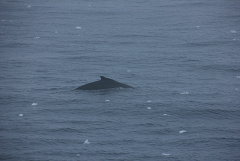
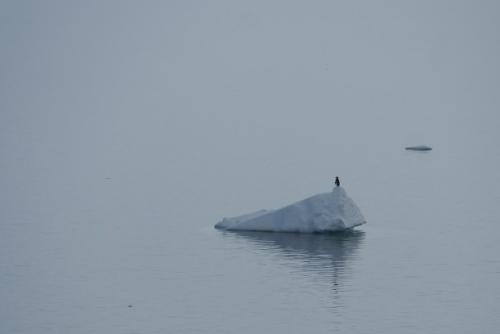
I thought I would talk about Marine Mammal Observation. One of our duties while underway is to keep an eye out for any mammals as we are breaking ice. Anytime we are in more than 50% ice coverage we and we are doing certain deployments we observe. Being an old zoology major I have to be honest I love this duty.
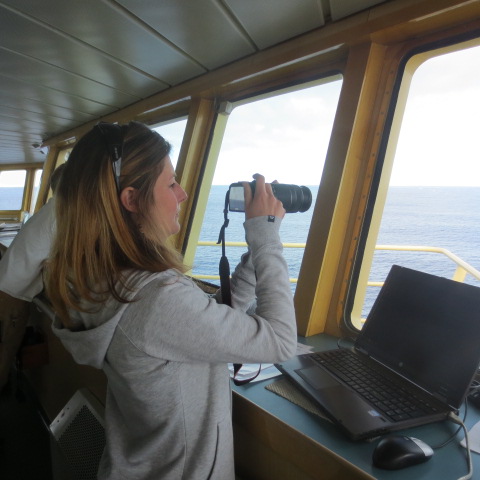
The watch typically takes place on the bridge. Our Chief Marine Mammal Observer is Andrea Walters. She has a PhD in Antarctic marine mammal science. She is assisted by Tasha Snow, the students and I. The observations are a lot like our deployments. Some are slow; others are like working the floor of the New York Stock exchange. Ok I've never worked the stock exchange but running from port to starboard with others yelling sightings, proximities and species of the mammals they see reminds me of it. We record species, locations, their responses to the ship and other factors. As with all the science on the trip the findings are meticulously processed.
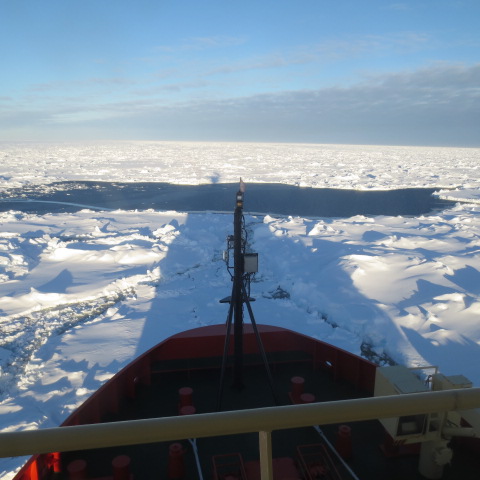
The operations of any large vessel in ice covered water can be somewhat of a disturbance to the animals. We are doing seismic operations while underway. This involves releasing sound waves deep into the ocean. The sound waves then bounce back and provide images of the bottom and sub bottom.It is critical as a means of gathering geologic information about this unexplored region. We however will not do the seismic if at any time it may disturb the mammals. The sounds can impact their ability to echolocate; migrate as well as their mating behavior.We don't want that. Based on our preliminary data and the photo below it appears that science and wildlife are coexisting nicely.
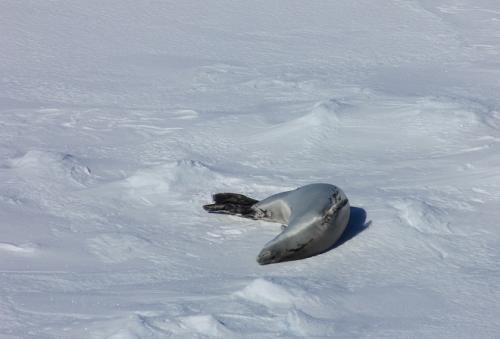


Comments